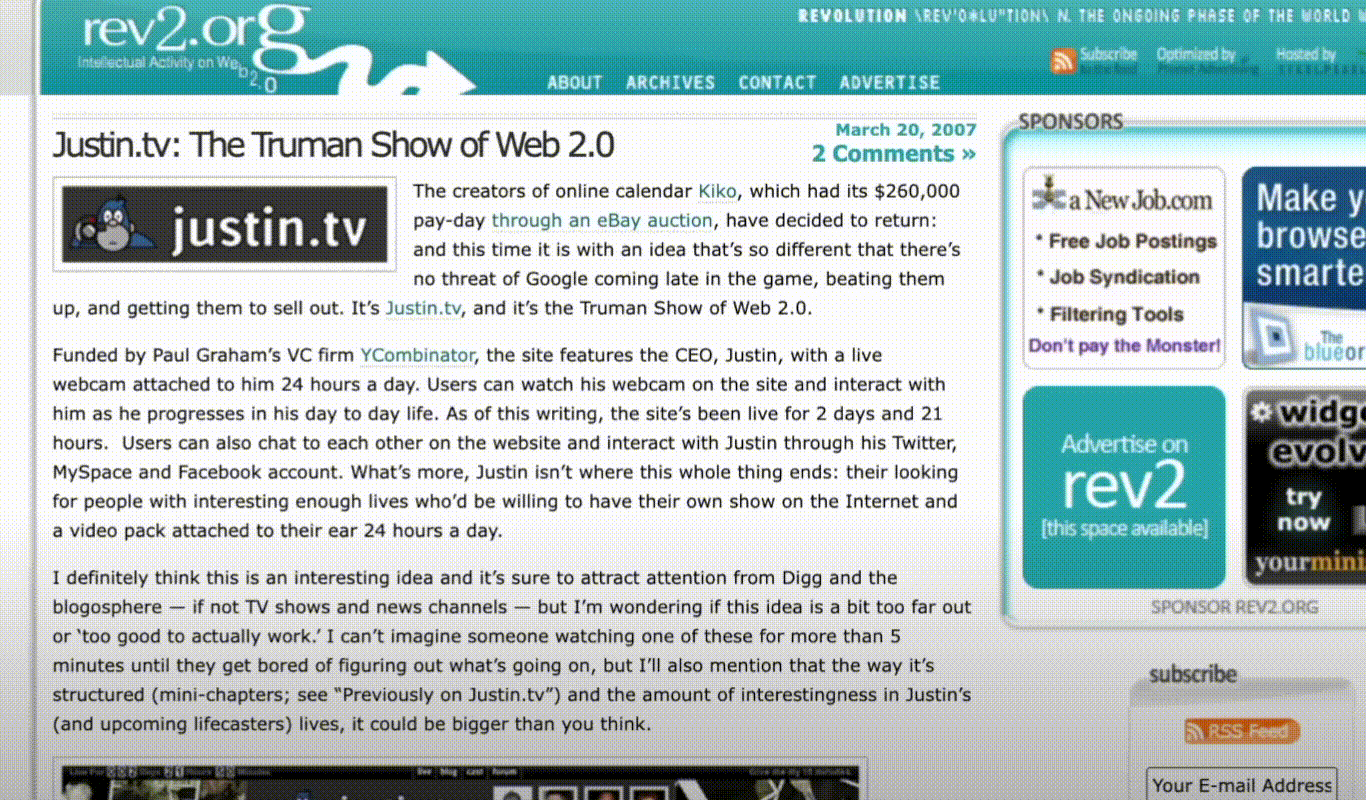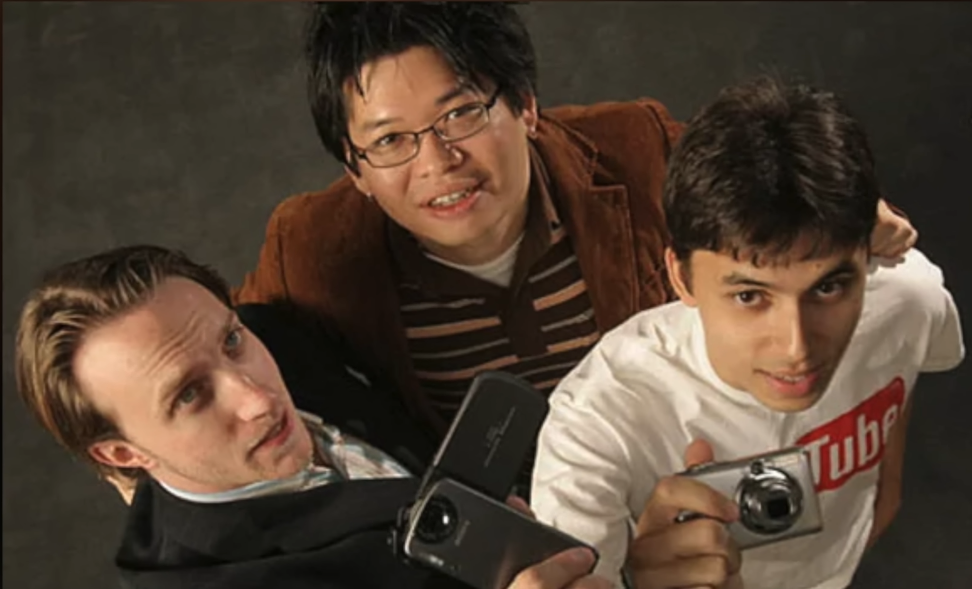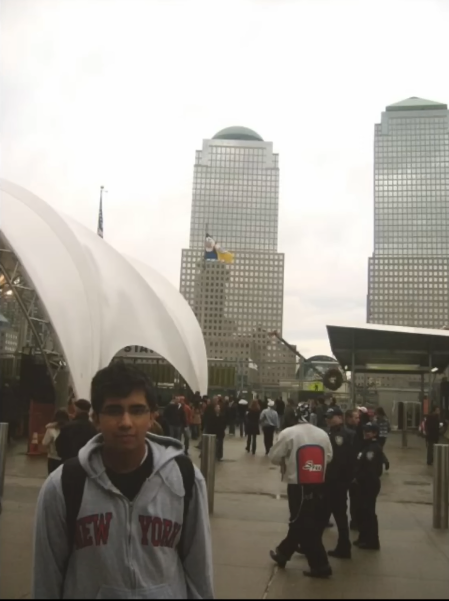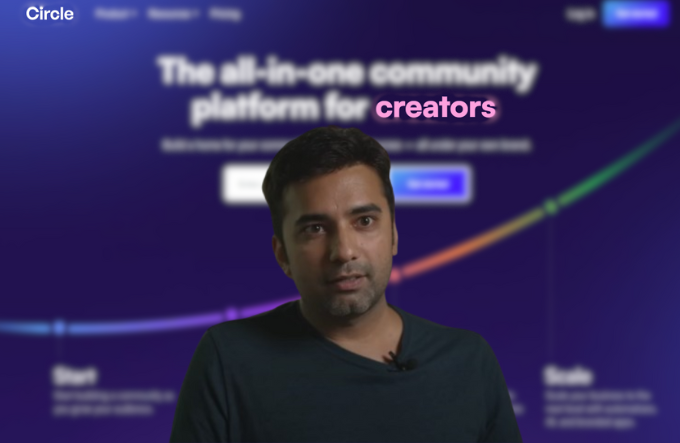Sid Yadav’s entrepreneurial journey is a fascinating example of how curiosity and versatility can fuel success. Starting his career as a writer, Sid soon transitioned into becoming an engineer, designer, product manager (PM), and eventually the CEO of Circle, one of the leading community platforms for creators and brands. His story offers profound insights into the importance of the journey over the destination, emphasizing continuous learning, adaptability, and perseverance.
Circle – https://circle.so/
Circle (X) – https://x.com/circleapp
Sid Yadav (Portfolio) – https://sidyadav.com/
Sid Yadav (X) – https://x.com/sidyadav

Building the Foundation: Early Life and Inspiration
Sid’s journey began when he moved from India to New Zealand at the age of ten. His parents made the bold decision to immigrate in search of better opportunities for their children, and despite significant challenges—such as living off student loans and finding work—his family persevered. As a child, Sid was introverted and had few friends in his new environment. But this isolation would soon turn into his advantage.

It was in New Zealand that Sid discovered a $5 thrift store computer, a modest device that became the gateway to a lifelong passion for technology. By the age of 11 or 12, Sid was teaching himself how to code, igniting a love for technology that would shape his future. This early fascination led him to idolize tech giants like Steve Jobs and Bill Gates, whose success stories convinced Sid that he, too, could make a mark in Silicon Valley.
First Steps into the World of Technology and Blogging
By the time he was 14 or 15, Sid had not only taught himself coding but had also begun blogging about new technological advancements. This was around the time Facebook and YouTube were just starting out, and Sid was among the first to recognize the potential of these platforms.

One of his defining moments came when he reached out to the founders of YouTube and managed to secure an interview with them. This encounter demonstrated to Sid that successful entrepreneurs were not so different from him—they were ordinary people with extraordinary visions. His early work chronicling the rapid evolution of platforms like YouTube, Myspace, and Facebook helped Sid build confidence in his entrepreneurial aspirations.

The First Venture into Silicon Valley: A Transformative Experience
At 16, Sid finally got the opportunity to visit Silicon Valley. Hosted by a distant relative who had graduated from Stanford, Sid toured the Google headquarters and other iconic tech landmarks. This visit was life-changing, giving him firsthand exposure to the world of opportunities that Silicon Valley offered. He knew from that point onward that this was where he needed to be.

Fast forward to the end of his Computer Science degree, Sid had another opportunity—this time in New York, where his cousin introduced him to a startup in need of its first engineer and first designer. Sid took the plunge, and the startup became his first real-world experience in building a business from the ground up.

Learning the Hard Lessons: The First Startup Experience
Working 80-hour weeks at the startup, Sid immersed himself in the grind of trying to build a successful company. However, this experience taught him some hard truths about entrepreneurship. Raising $1 million in seed funding wasn’t enough—the company needed to grow, show metrics, and prove it could scale. Despite his best efforts, the startup couldn’t raise a Series A round, and after two years, Sid decided it was time to move on.
This period wasn’t a failure, though—it was a massive learning experience. It instilled in Sid the importance of not just building a product but also understanding the business mechanics that allow startups to succeed.

Joining Teachable: Mastering Product Management
After his first startup, Sid joined Teachable, an online education platform, at a time when the company was just five people. He initially came on board as a designer and engineer but soon transitioned to become VP of Product. Every six months, Sid’s role evolved, allowing him to gain hands-on experience in various facets of the company’s operations.

One of the key lessons Sid learned during this time was the importance of seeking mentorship. Realizing he was in over his head as a first-time product leader, Sid reached out to senior product managers in New York City, often meeting them for coffee to soak up their wisdom. These conversations were invaluable as Sid honed his leadership skills, made mistakes, and grew both as a manager and a creator.
Falling in Love with the Creator Space: The Genesis of Circle
By the time Sid left Teachable in early 2019, he had fallen in love with the creator economy. Alongside two former colleagues from Teachable, he knew that his next venture would serve this space, but they hadn’t yet settled on an idea. The trio spent months talking to creators, trying to understand their biggest pain points, and one problem stood out: communities were disjointed from the platforms where creators were building their courses or selling their content.

That’s when the idea for Circle was born. Sid and his team envisioned a unified platform where creators could build a home for their communities, host events, sell courses, and share content—all under one roof. They weren’t just building a chat tool; they were creating a complete community experience.
Building Circle: From Mockups to Millions
With the vision clear, Sid and his co-founders booked an Airbnb in Santa Monica and set to work on building the first version of Circle. As designers, they meticulously crafted the ideal user experience before writing a single line of code. Within three months, the Minimum Viable Product (MVP) was ready, and although it wasn’t perfect, it was enough to start signing on early customers.

Sid personally conducted over 1,000 product demos during the first year, gathering feedback, iterating on the product, and constantly improving. It was this relentless focus on customer needs and fast iteration that allowed Circle to go from zero to $1 million in annual recurring revenue (ARR) in just three months.

Scaling Circle: The Power of Feedback and Word of Mouth
Circle’s growth didn’t stop at $1 million. By the second year, they had hit $4 million in ARR, and by the third year, they were on track to reach $16 million. Much of this growth was fueled by word of mouth. Early users loved Circle and talked about it to their audiences, creating a waitlist of thousands of eager customers before the product even launched publicly.

Throughout this journey, feedback played a crucial role. Sid and his team maintained close relationships with their first 200 customers, many of whom had Sid’s phone number and could reach out at any time. This continuous feedback loop helped Circle evolve rapidly and stay ahead of competitors.
Key Lessons for Entrepreneurs: Curiosity, Patience, and Perseverance
Sid’s journey is full of valuable lessons for aspiring entrepreneurs:
Stay Curious: Curiosity is the driving force behind innovation. It’s essential to be genuinely interested in learning and exploring new things. This curiosity will keep you motivated during tough times.
Play the Long Game: Success doesn’t happen overnight. Whether you’re learning a new skill or building a business, it takes years of hard work and iteration to master anything. Treat it as a long-term journey, not a sprint.
Embrace Failure: The road to success is often paved with setbacks. Sid’s first startup didn’t work out, but the lessons he learned were invaluable and set the stage for his later success with Circle.
Seek Mentorship: Don’t be afraid to reach out to people who are more experienced. Whether it’s over coffee or in a formal setting, learning from others is one of the fastest ways to grow.
Customer-Centric Focus: Building a product is only part of the equation. Listening to your customers, iterating based on their feedback, and maintaining strong relationships are key to long-term success.


Leave a Reply